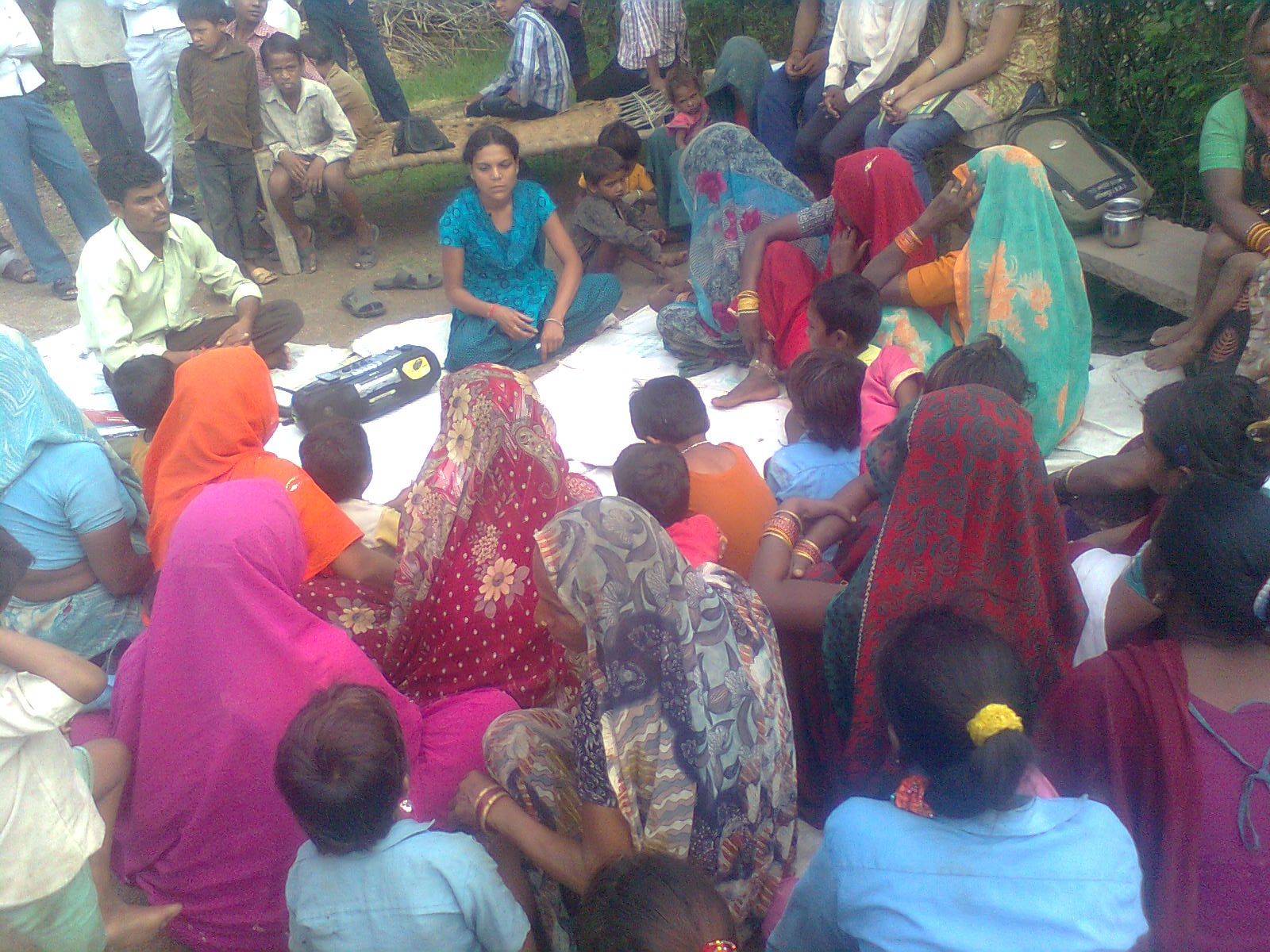|
Lalit Lokvani U NICEF has selected Lalitpur for integrated development in Uttar Pradesh. Lalitpur ranks among the three lowest districts in context of human development indicators in Uttar Pradesh. To bring about integrated development in Lalitpur, UNICEF in collaboration with government and non-government organisations is aiming at behavioural changes, community ownership, CSOs strengthening and convergence.
A media assessment study was carried out in the first phase of the project. The research revealed a great amount of information regarding the overall demography of Lalitpur and the general composition of the listening population of the proposed Community Radio (CR) station, as also, radio listenership patterns and programme preferences. The analysis of the data has also been segregated to allow a greater understanding of gender and age-related differences. The radio has emerged as a relatively more effective medium of communica-tion, entertainment and dissemination of information among the people in both rural and urban areas. A radio set is easily available and highly popular among the communities, particularly the youth. Based on increasing popularity of the radio, the government decided to localise and decentralise the designing and broadcasting of the programmes rooted in local social, economic and cultural characteristics. The government has designed the community radio policy for setting up community radio stations with involvement of civil society organisations (CSOs). The Ministry of Information and Broadcasting shared its policy document to promote CSOs involvement and community partnership in a workshop organised jointly by the Government of India and the United Nations in 2007. It was indicated in the policy document that the government will provide licenses to eligible CSOs to establish community radio stations with adequate provisions for community ownership in the whole process, including management of radio station, designing of the programme and management of resources. Academic institutions and CSOs have successfully initiated the process to establish community radio stations in India. Community radio models evolved in South Africa and Nepal reflect on the success of this concept. It creates an opportunity for CSOs to redefine their role, areas and work strategies, enhance outreach and strengthen their own resources to work with communities on a sustainable basis. The initiative for a community radio station in Alapur village of Birdha block covering 120 villages in a 15 km radius began in August 2007. The studio of the station was inaugurated on 20 October 2008 and broadcast services were launched on 3 September 2010. A group comprising ten community reporters aided by 60 village reporters, one assistant manager, one field coordinator and one Station Manager has been receiving consistent technical and content training since 2007. People in general and marginalised groups like the Sahariyas belonging to more than 60 villages benefit by receiving information, development communi-cation and entertainment through Lalit Lokvani Community Radio Service (CRS). The 18-member Community Radio Management Committee (CRMC) meets every month for enabling smooth functioning of the CRS. Rigorous technical training is being given to the CRS staff. Narrowcasting is carried out with vulnerable groups like women, adolescents, children and marginalised communities. Exchange and sharing of radio programmes with other agencies is one of its successful strategies. Lalit Lokvani works closely with other development projects in the catchment area, including the tribal development project and the Sahariya Samuday Sashaktikaran Pariyojana. It also coordinates with development partners like World Vision, Gramin Development Services, Sarathi Development Foundation, Hitaishi, Bundelkhand Seva Sansthan, New Concept, Development Support Group, Society for Pragati Bharat, BFHI project / BRD Medical College, Parmarth, as well as the government to promote national flagship programmes. Broadcast Content Needs of the community are the main focus of our broadcast. We air our programmes in local Bundelkhandi language. Music, particularly folk songs of the area along with other informative programmes are the main highlight. Issues relating to tribal life style and the local culture of the area, women empowerment, agriculture, development of local resources, as also various schemes of the government on labour, employment and education are mostly the subject of our broadcast. Achievements We have reached out to about 2.5 lakh listeners spread over 120 villages of Uttar Pradesh and Madhya Pradesh through our broadcasts. Till date, about 100 folk artists have participated in our programmes. At the community level we have full cooperation from the communities. Besides broadcasting we also do narrowcasting in the most backward villages of the area. Our commendable endeavours include addressing the food security challenges and using the community radio as a sustainable development communi-cation tool. q Mrdul Srivastava
|